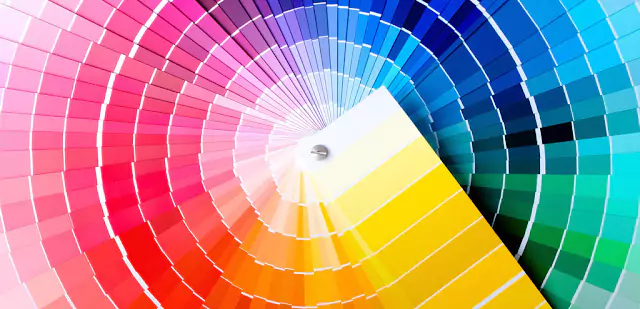Newbie Business Card Mistakes to Avoid
Mark / 6 June 2016

Designing for print can be a minefield for beginners. There are many easy mistakes that can seriously impact the quality of your final prints. Print runs are expensive, and errors can be costly. Here are common mistakes to avoid when designing business cards.
Understand the Difference Between RGB & CMYK
One of the most common mistakes is using RGB instead of CMYK. RGB (Red, Green, Blue) is an additive colour model used for screens, while CMYK (Cyan, Magenta, Yellow, Black) is a subtractive model used for print. If you design in RGB, colours may appear vibrant on-screen but will print dull and muted.
Monitor Your CMYK Colour Values
In the printing process, excessive ink coverage can result in oversaturation and muddy colours. Keep your total ink coverage below 280% to avoid set-off issues (ink transferring between sheets). For crisp text, use 100% black (K) instead of a mix of colours.
Avoid Using Photoshop Black
Photoshop’s default black consists of 75% Cyan, 68% Magenta, 67% Yellow, and 90% Black (300% total coverage), leading to excessive ink usage. For text, use 0,0,0,100 (pure black). For a richer black in backgrounds, 50,40,40,100 is a balanced choice.
Watch Your Font & Line Weights
Printing presses use halftone screens to control ink application, which can cause very fine details to disappear. Use fonts no smaller than 6pt, and avoid ultra-thin typefaces that may become illegible when printed.
Don’t Forget to Proofread and Spellcheck
Typos in print cannot be fixed once the cards are printed. Carefully proofread your text for errors, check for proper kerning, and review punctuation like em/en dashes and curly quotes. A single mistake on thousands of business cards can be costly and embarrassing.
By keeping these tips in mind, you can ensure your business cards are print-ready, professional, and free from common design pitfalls.